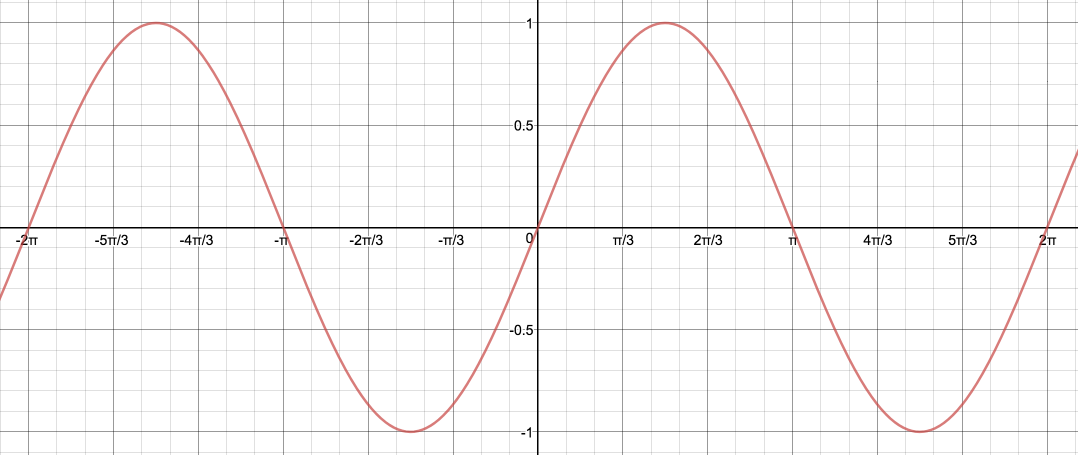Tutorial: Digital Signal Processing
Digital Signal ProcessingUnderstanding Signals and Samples
Digital Signal Processing, or DSP for short, is the process of digitizing signals like audio and video to be analyzed and manipulated. Computers interpret sound in a digital format as a series of binary values. For an audio file to be recognized by a computer, an analog signal (which is what we hear) must first be converted to a digital source with an analog-to-digital converter. This signal processing is called sampling and is done by converting a signal into discrete values.
A sampling rate generates a set amount of samples per second. The higher the sampling rate, the more accurate the samples will be as compared to the analog signal. The standard sampling rate for audio waveforms in CD format is 44.1 kHz (kilohertz). This means that 44,100 samples are generated per second.
Below is a representation of a sine wave that ranges from 1 to -1. The red line indicates the value of the wave at any specific time. In order to digitize the audio, we “sample” it by capturing the value of the line at short, regular intervals. These samples represent an approximation of the line by breaking it down into a series of points. Setting a higher sampling rate will grab more of these values per second, collecting more points and more closely approximating the actual curve of the line.

Next Tutorial
In the next tutorial, we will discuss Creating White Noise sounds, which describes how to generate white noise..